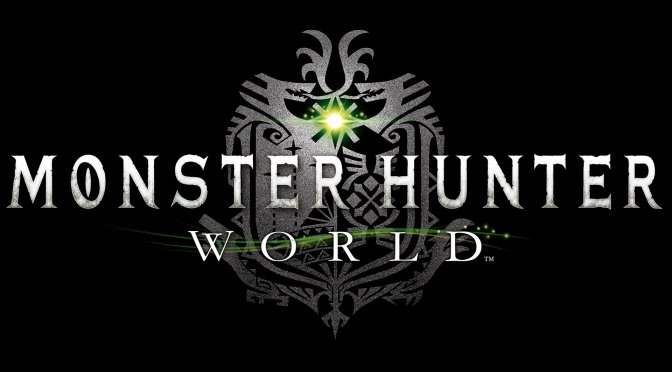Capcom has released a brand new patch for the PC version of Monster Hunter World that adds support for NVIDIA’s DLSS tech. As such, we’ve decided to test whether the DLSS implementation is ideal, whether the image quality is good, and whether it is worth playing this particular title with it enabled.
Now before starting, I want to make it crystal clear that it was a real pain in the ass to capture these comparison screenshots. Monster Hunter World features a completely dynamic time of day and weather system. Not only that, but the game does not allow you to switch the AA/DLSS solutions while playing (meaning that we had to quit the game to the main menu, reload, do some side-quests and wait until we could have similar weather/day conditions.
In order to capture these comparison screenshots, we used an NVIDIA GeForce RTX2080Ti with the latest GeForce drivers. I also suggest opening the images in new tabs so that you can zoom in.
Below you can find some comparisons between native 4K with FXAA (left), native 4K with TAA (middle) and 4K DLSS (right). As you can clearly see, the native 4K FXAA image is sharper, followed by 4K TAA and then 4K DLSS. However, the game does come with an Image Sharpening Filter, meaning that 4K DLSS can look sharper than its default version. As for the performance, it’s crystal clear that the 4K DLSS version runs significantly faster.
Now while you can use the Sharpening Filter in order to make the 4K DLSS image sharper, there is undoubtedly some visual loss due to the DLSS technique. Below you can find a comparison between 4K native TAA (left) and 4K DLSS (right) in which you can clearly see the visual loss that DLSS brings to the table (pay attention to the ropes at the centre of the screen or to the flags for example).
Here is another comparison between 4K native FXAA and 4K DLSS, showing the visual degradation that DLSS introduces in this title. Pay attention to the characteristics of the distant characters (their mouths are really messed up in the 4K DLSS screenshot).
What this basically means is that while the game is now playable in 4K with 60fps via DLSS on the NVIDIA GeForce RTX2080Ti, it has blurrier visuals than native 4K.
Now what’s interesting here is that 4K DLSS runs way faster than a custom 3325×1871 resolution. NVIDIA’s GeForce RTX 2080Ti was unable to run the game with 60fps in this custom resolution (for your interest, this resolution is ideal for this particular GPU in pretty much all other games that cannot run with 60fps in native 4K). Not only that, but the native 1871p resolution has more jaggies than 4K DLSS, though the 4K DLSS image is still a bit softer than the native 1871p. Still, and considering all of the above, 4K DLSS offers a better gaming experience than native 1871p.
All in all, it’s pretty obvious that 4K DLSS is not as good as 4K native in Monster Hunter World. However, NVIDIA’s 4K DLSS is able to surpass the quality of a native 1871p resolution. It does offer a slightly blurrier image, however you really need to zoom in and examine the screenshots otherwise you won’t be able to tell the difference (as said, the game offers a Sharpening Filter to address this issue). 4K DLSS also eliminates more jaggies and offers significantly better performance, making it overall way better than native 1871p.
John is the founder and Editor in Chief at DSOGaming. He is a PC gaming fan and highly supports the modding and indie communities. Before creating DSOGaming, John worked on numerous gaming websites. While he is a die-hard PC gamer, his gaming roots can be found on consoles. John loved – and still does – the 16-bit consoles, and considers SNES to be one of the best consoles. Still, the PC platform won him over consoles. That was mainly due to 3DFX and its iconic dedicated 3D accelerator graphics card, Voodoo 2. John has also written a higher degree thesis on the “The Evolution of PC graphics cards.”
Contact: Email













